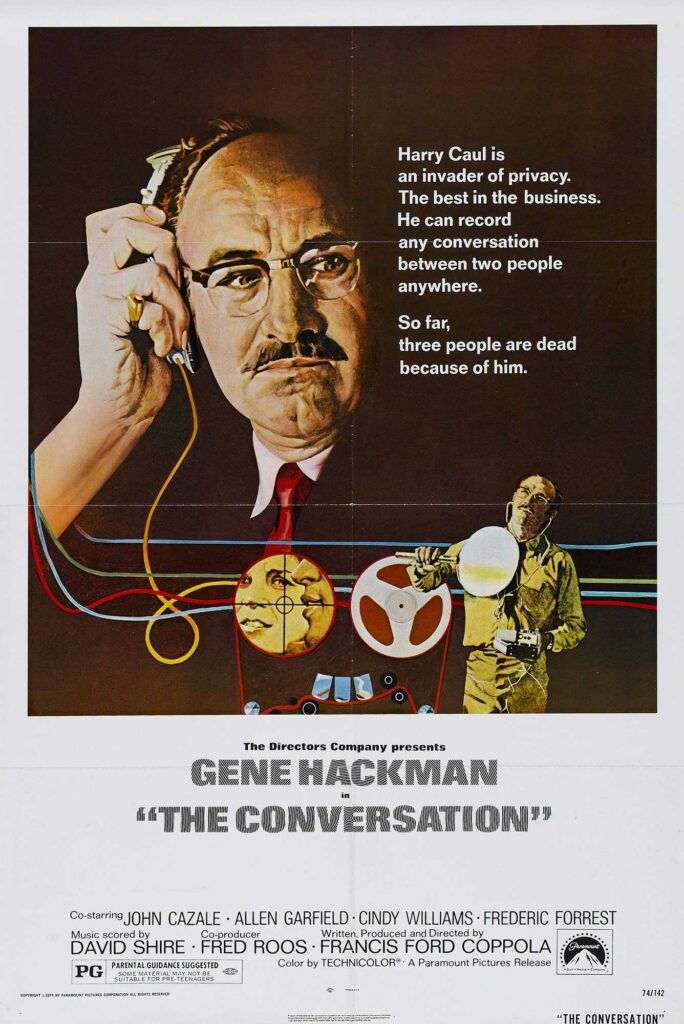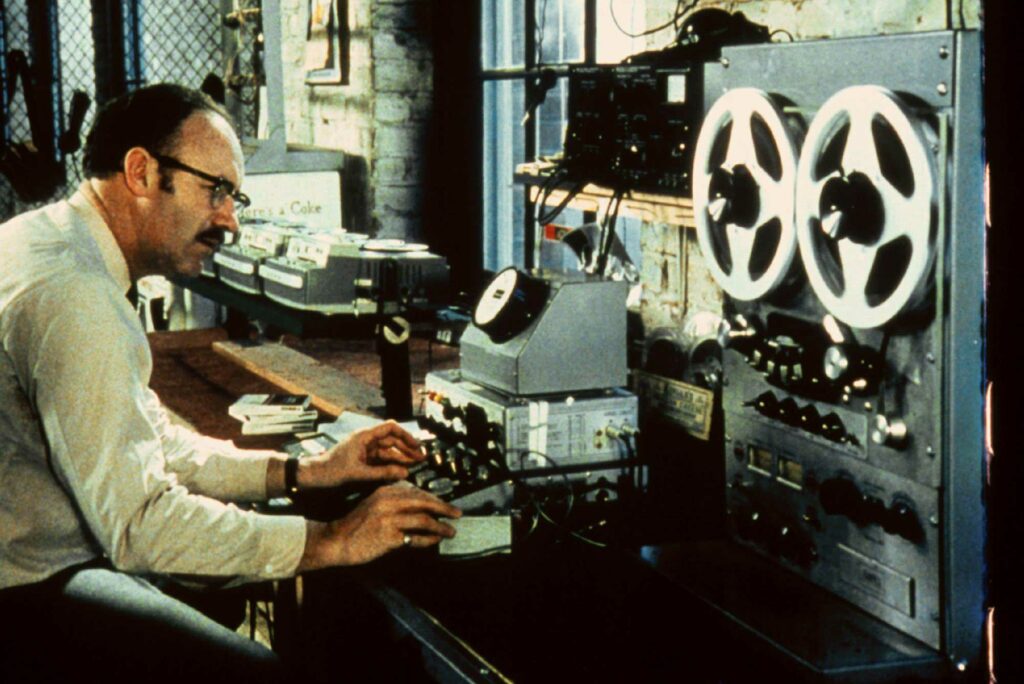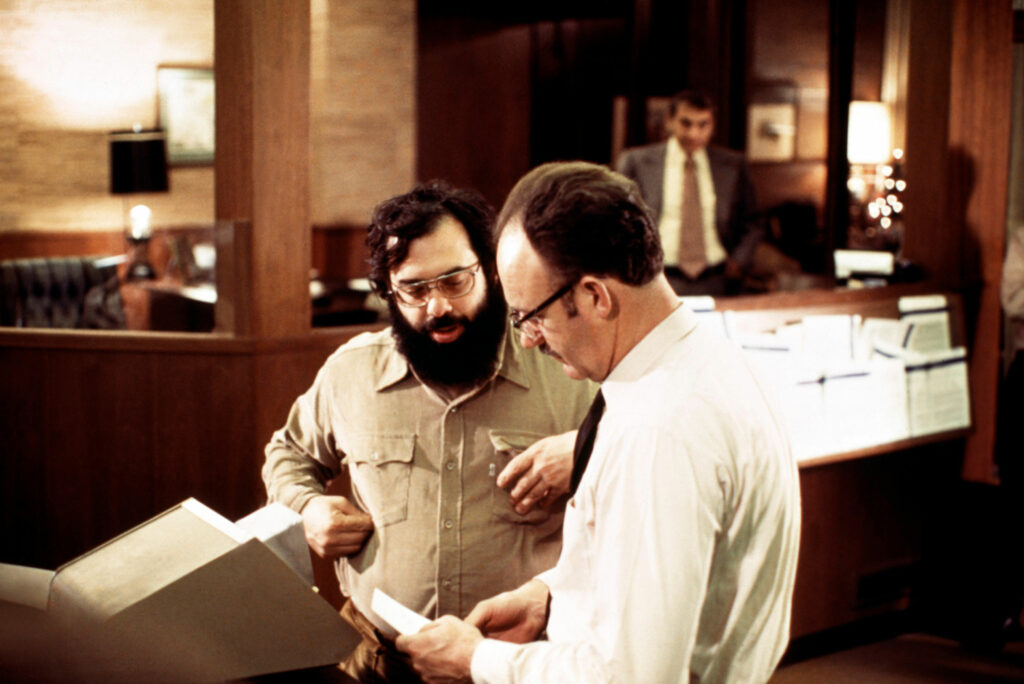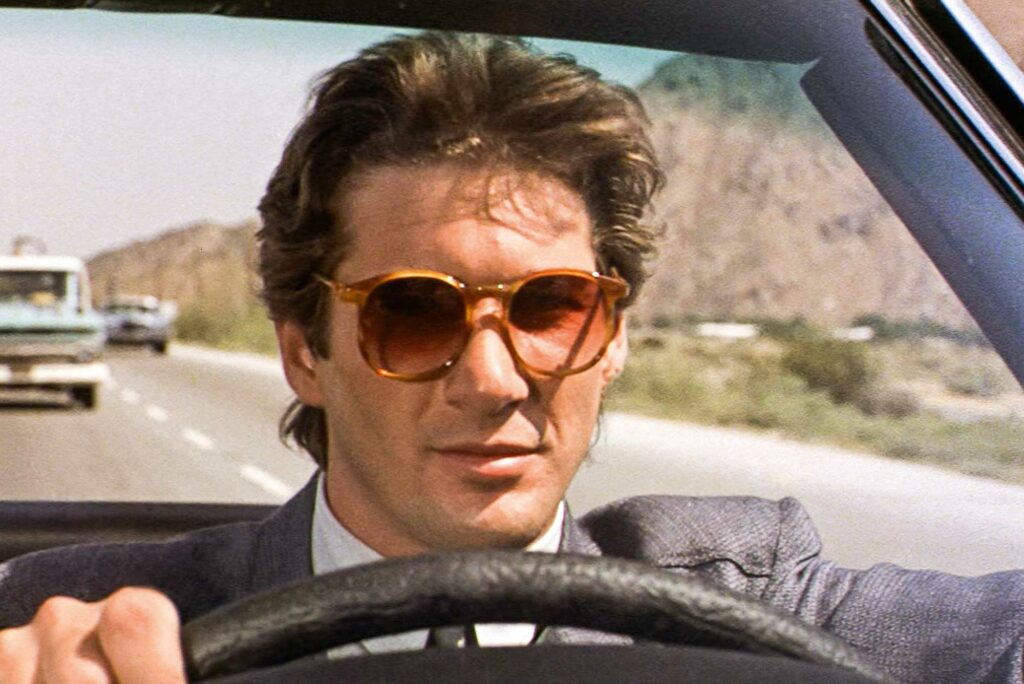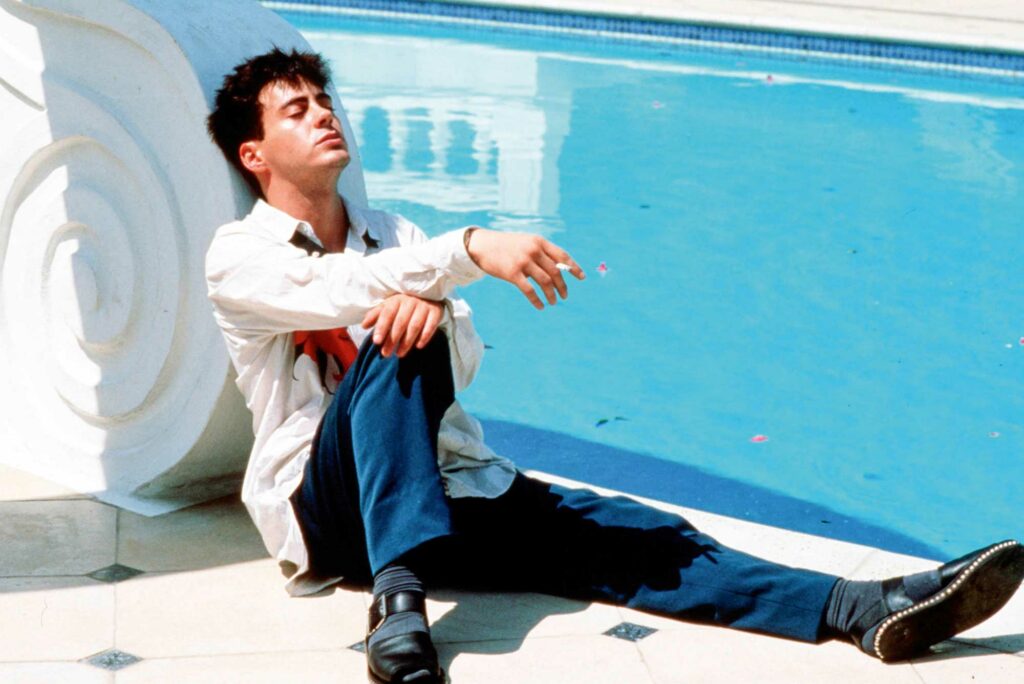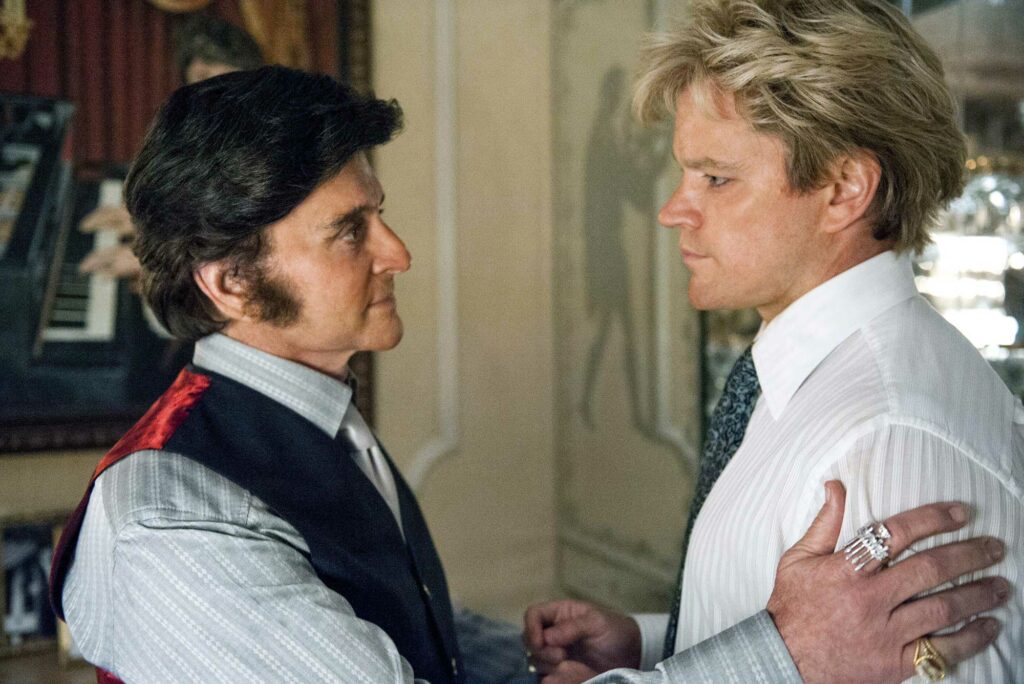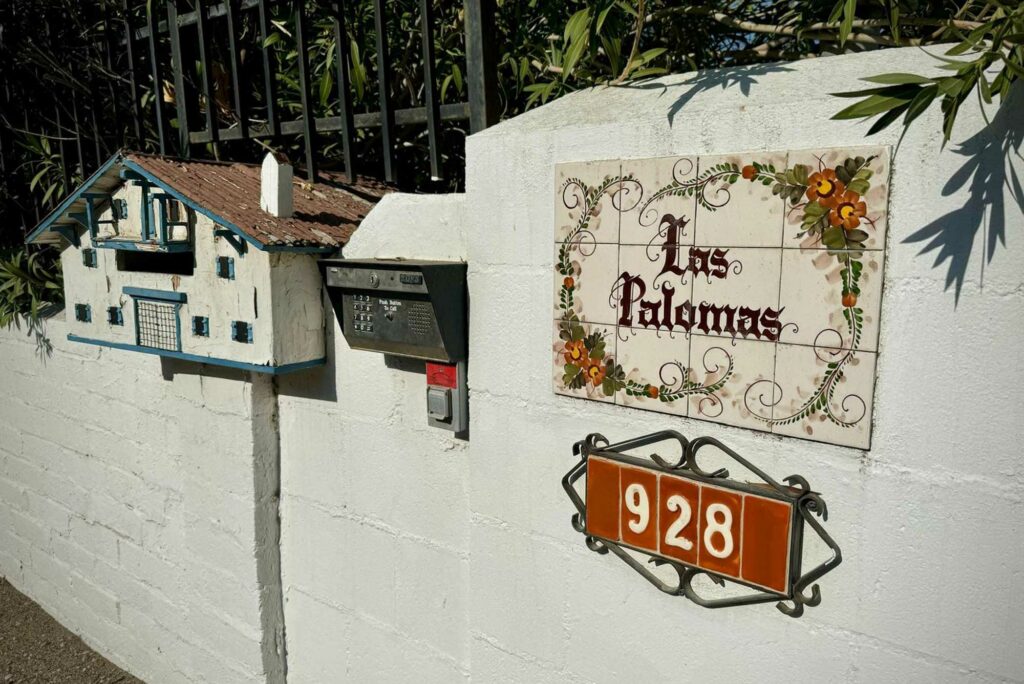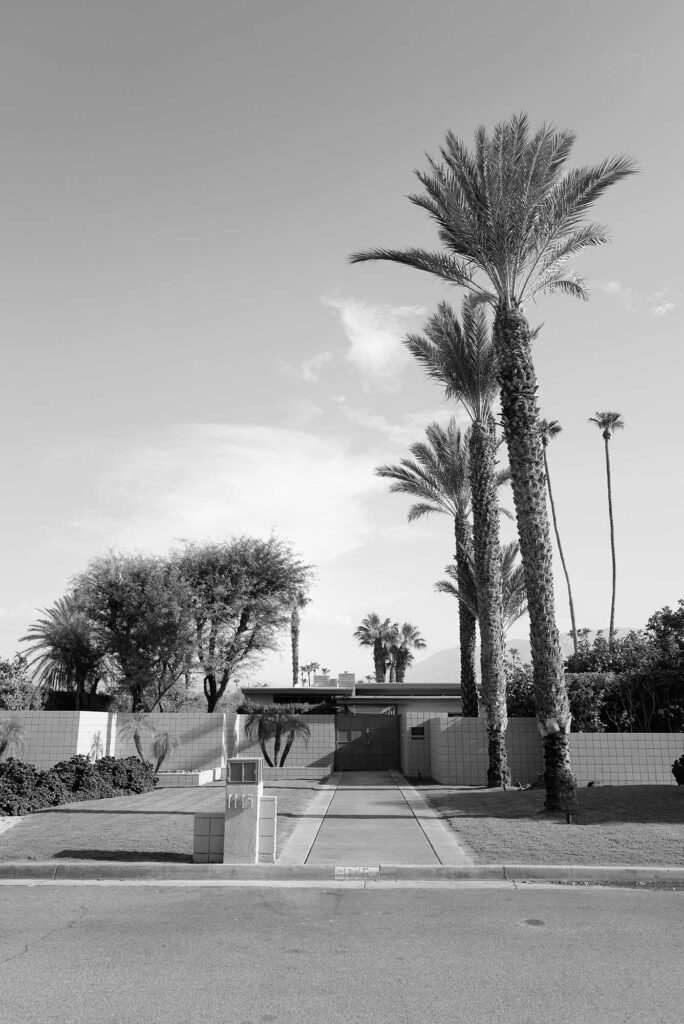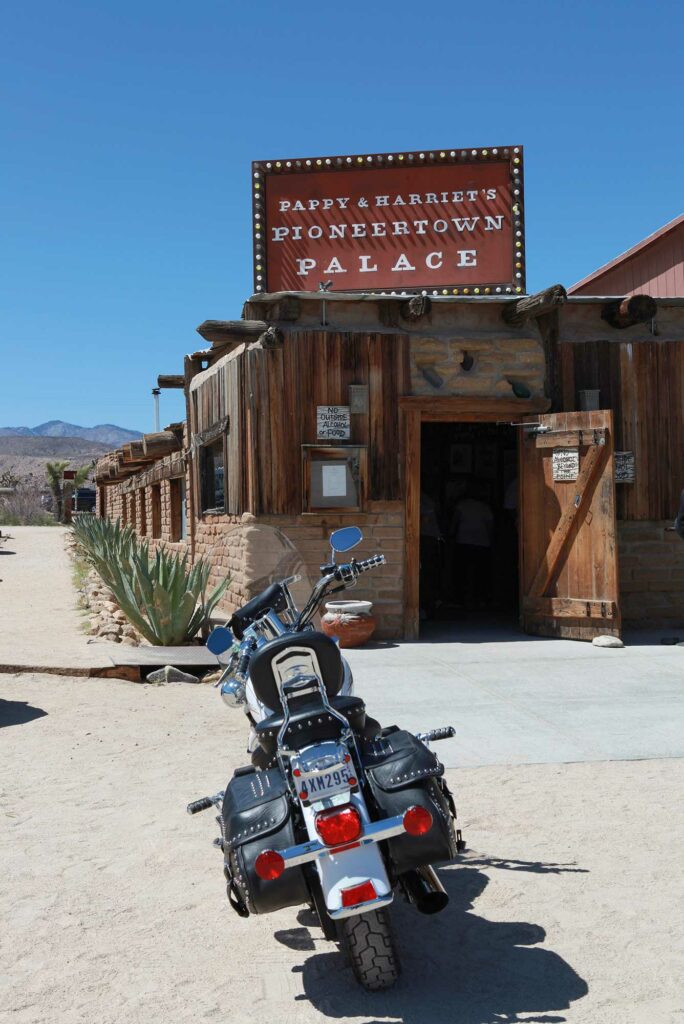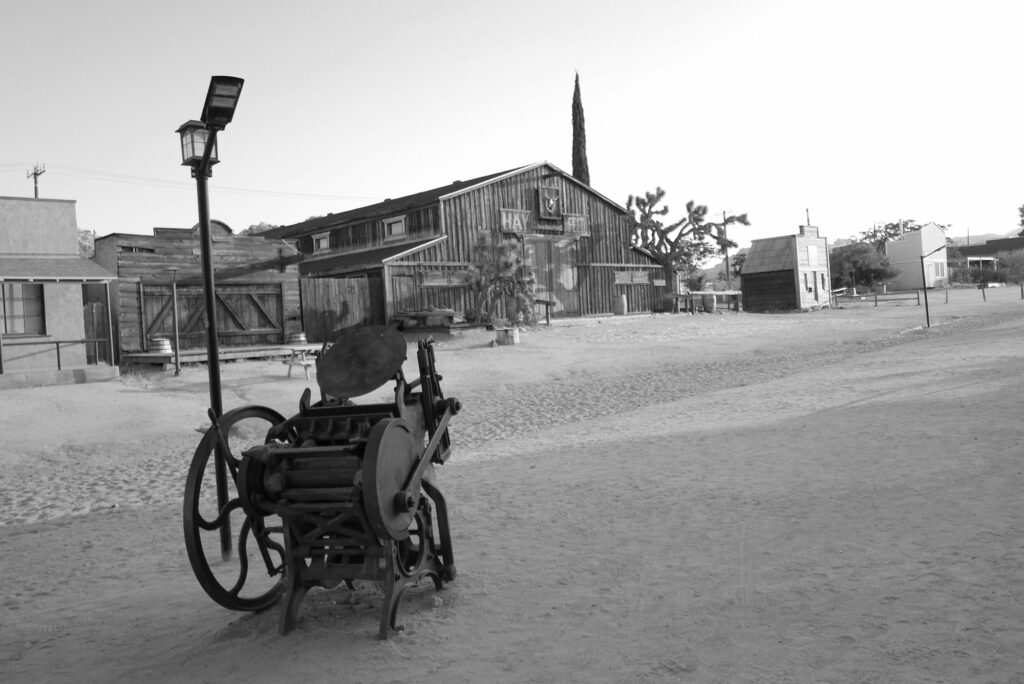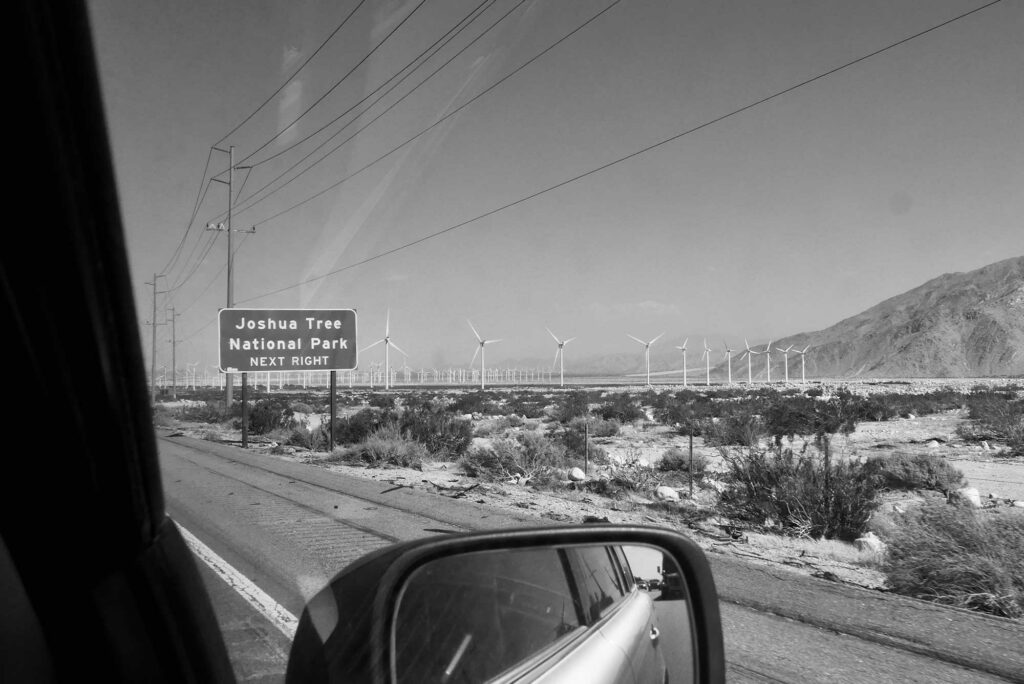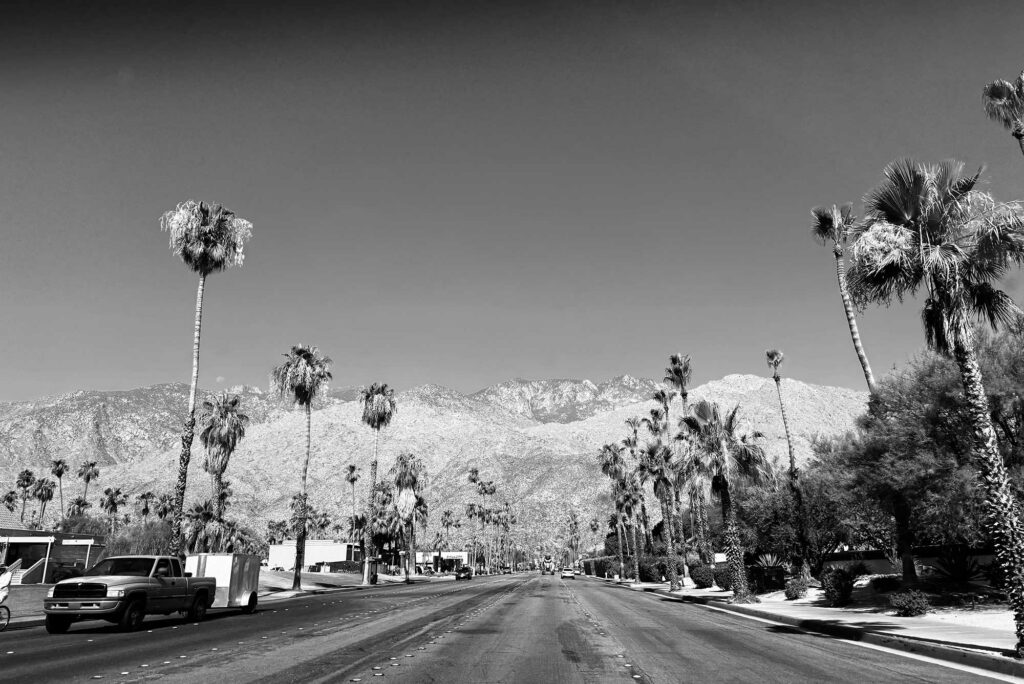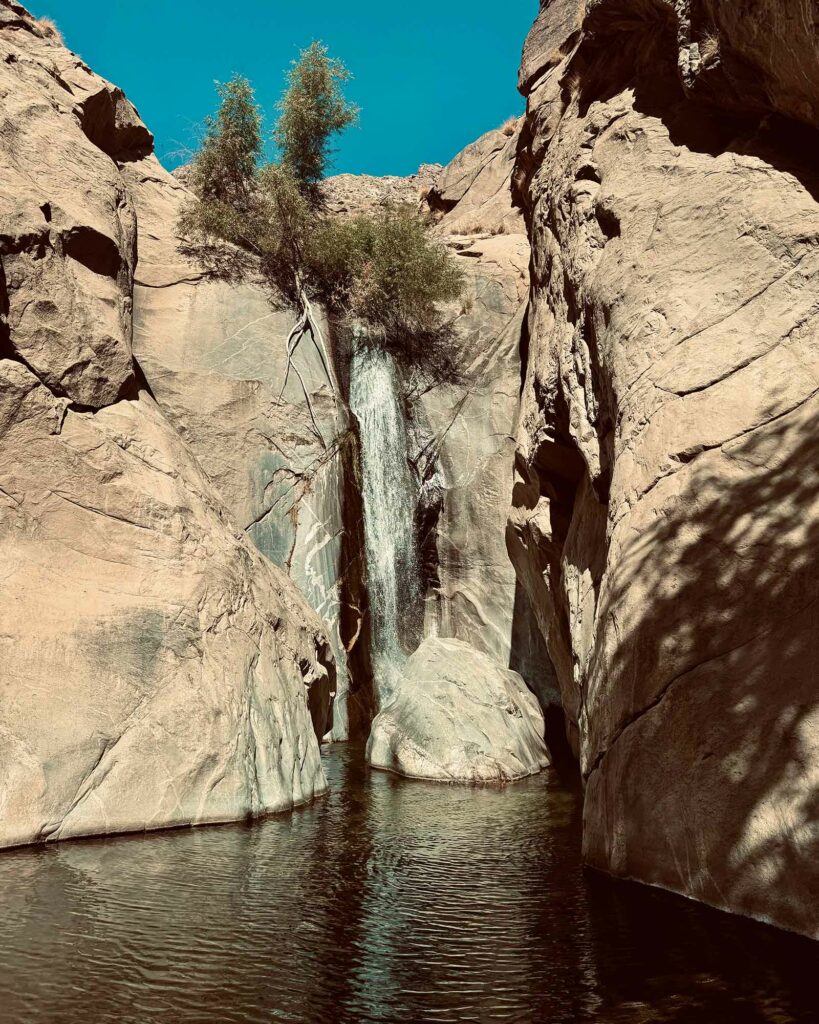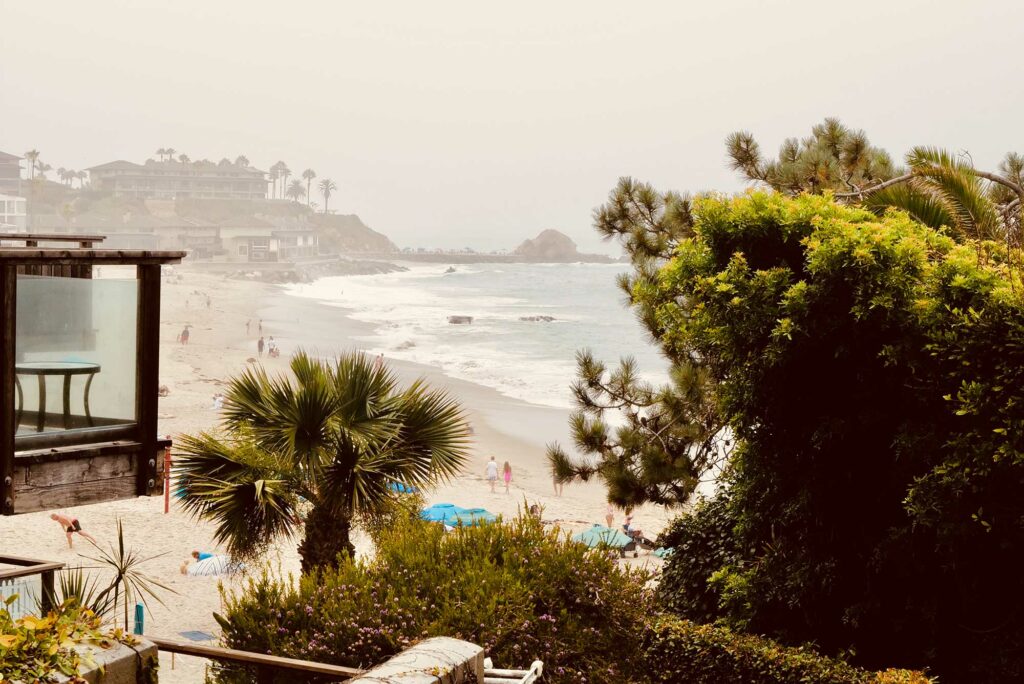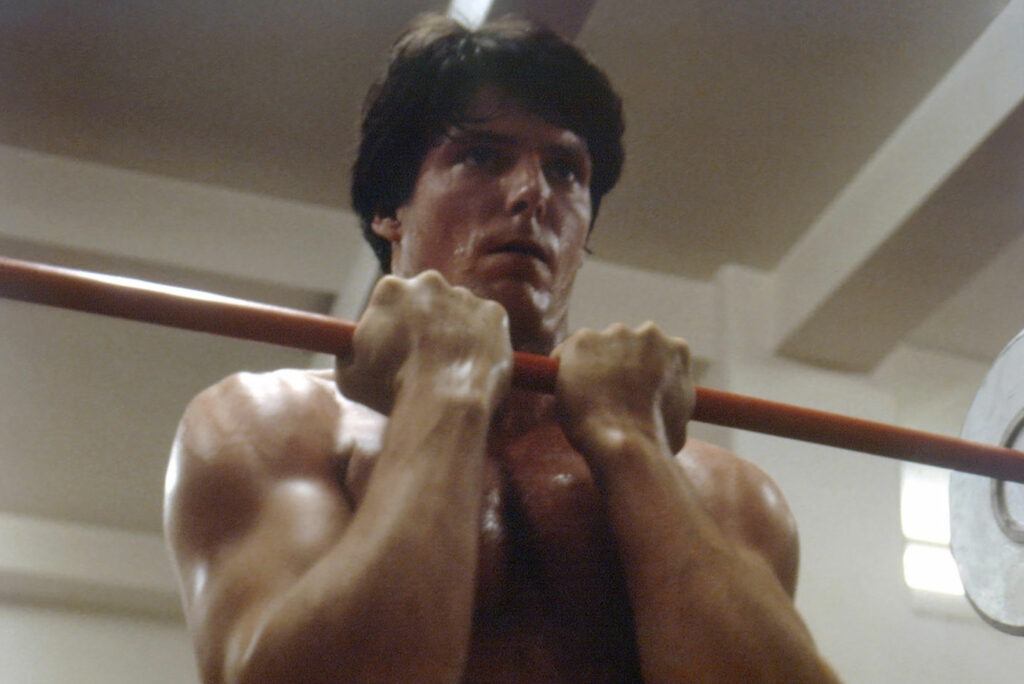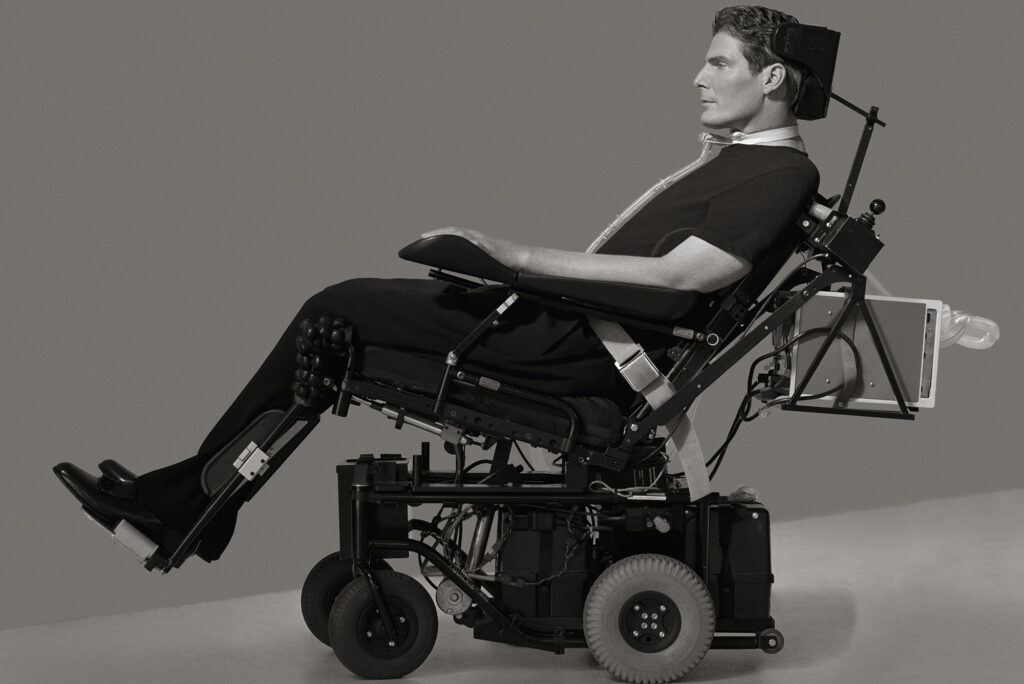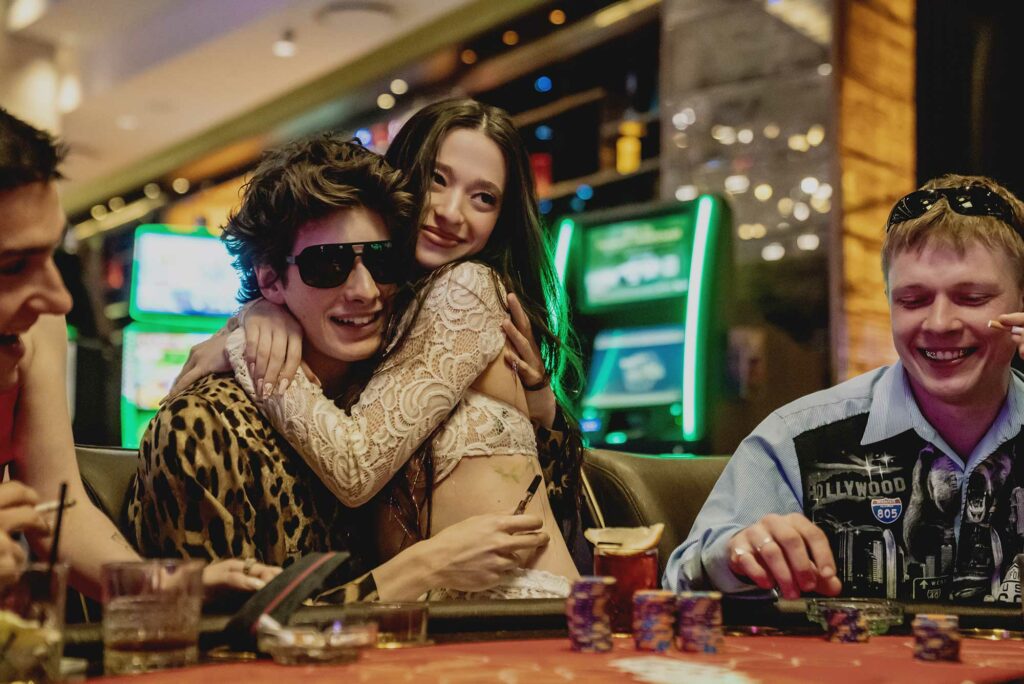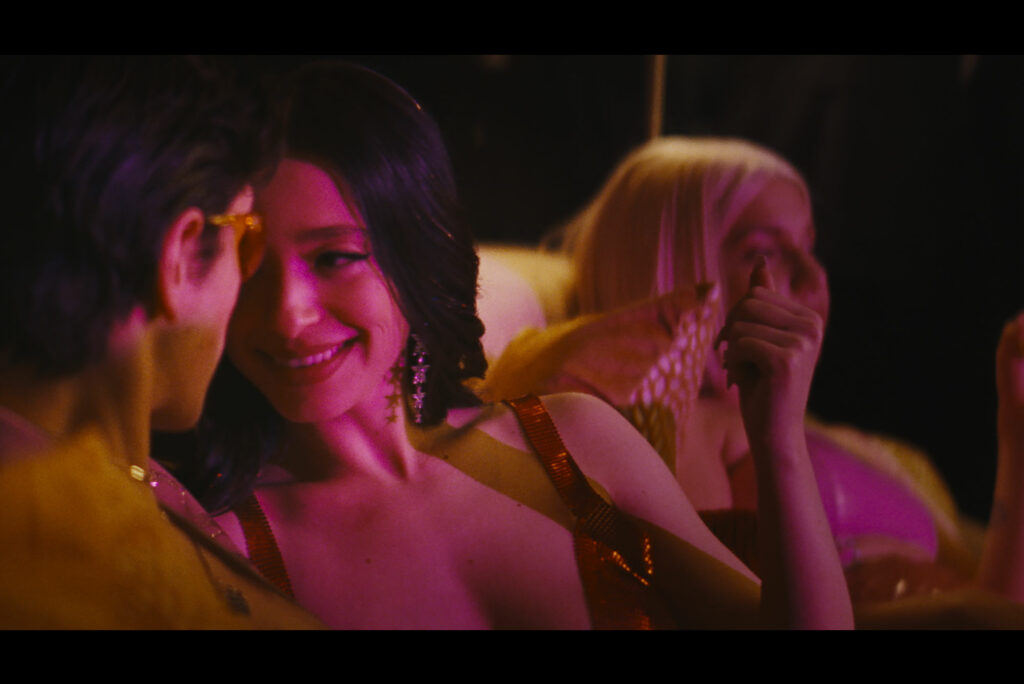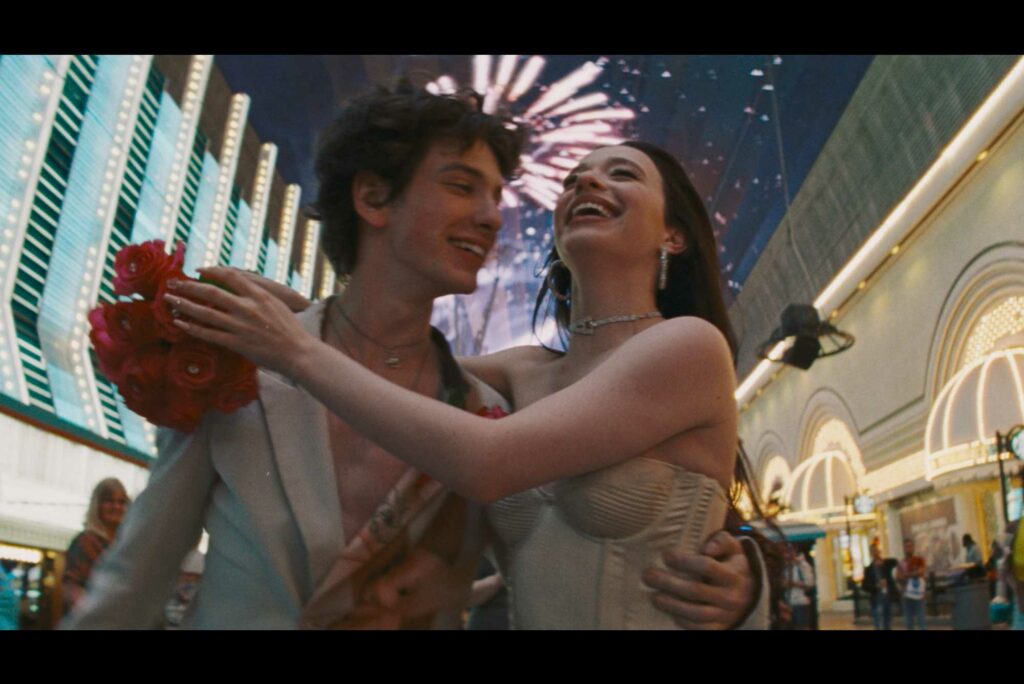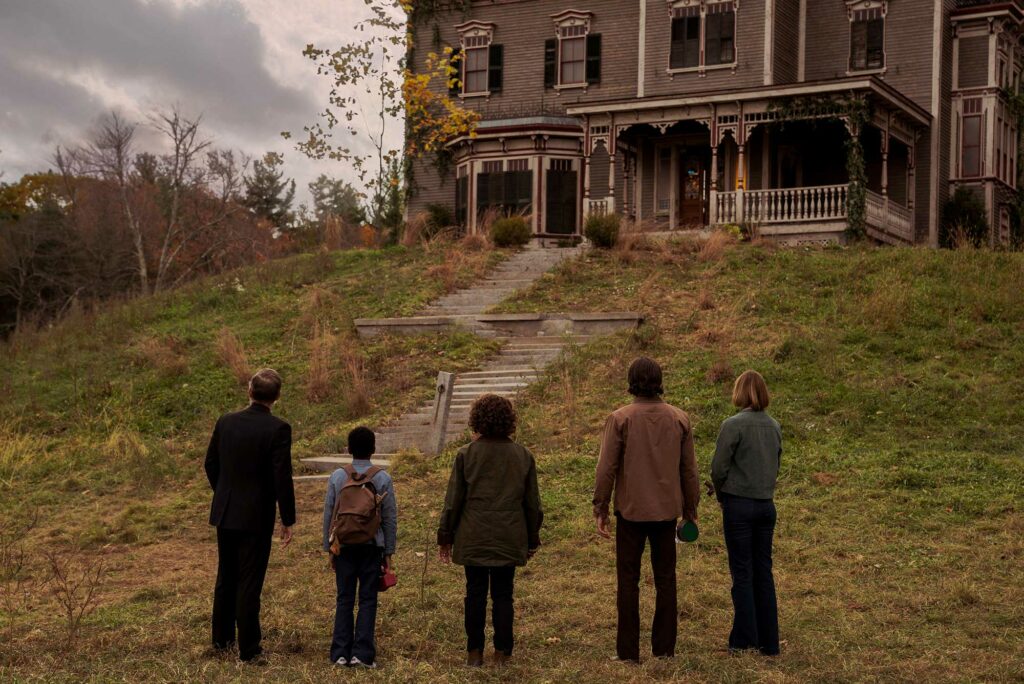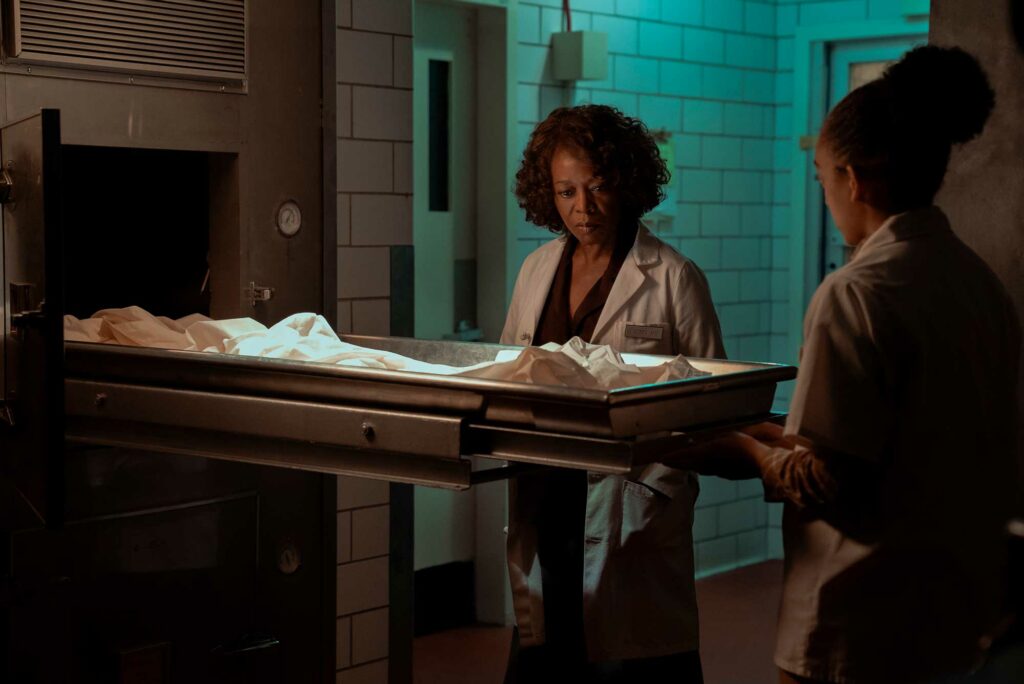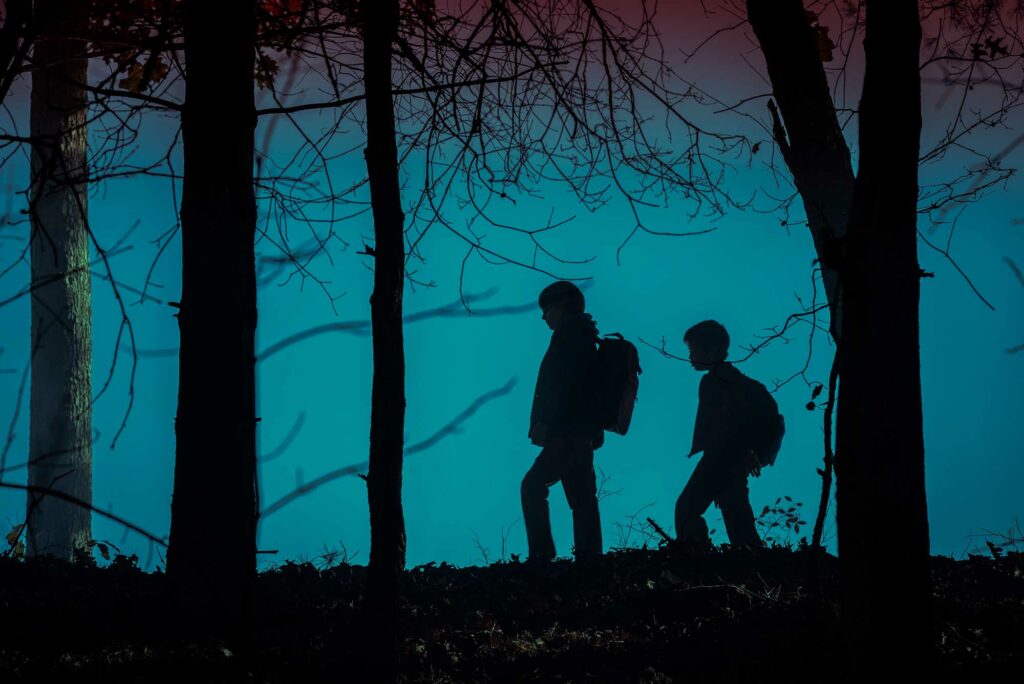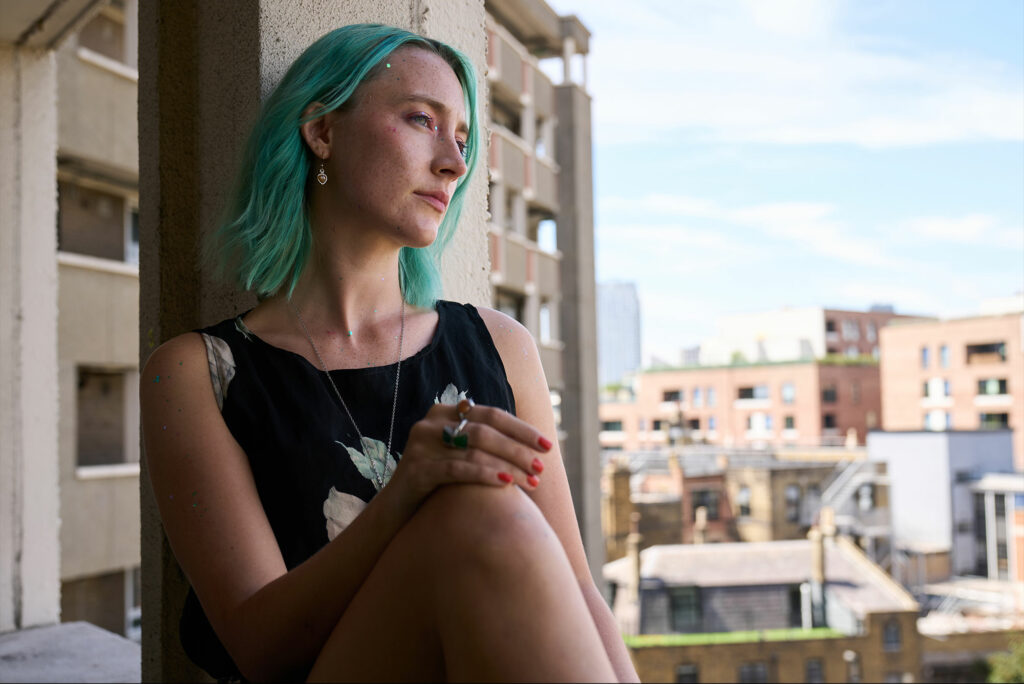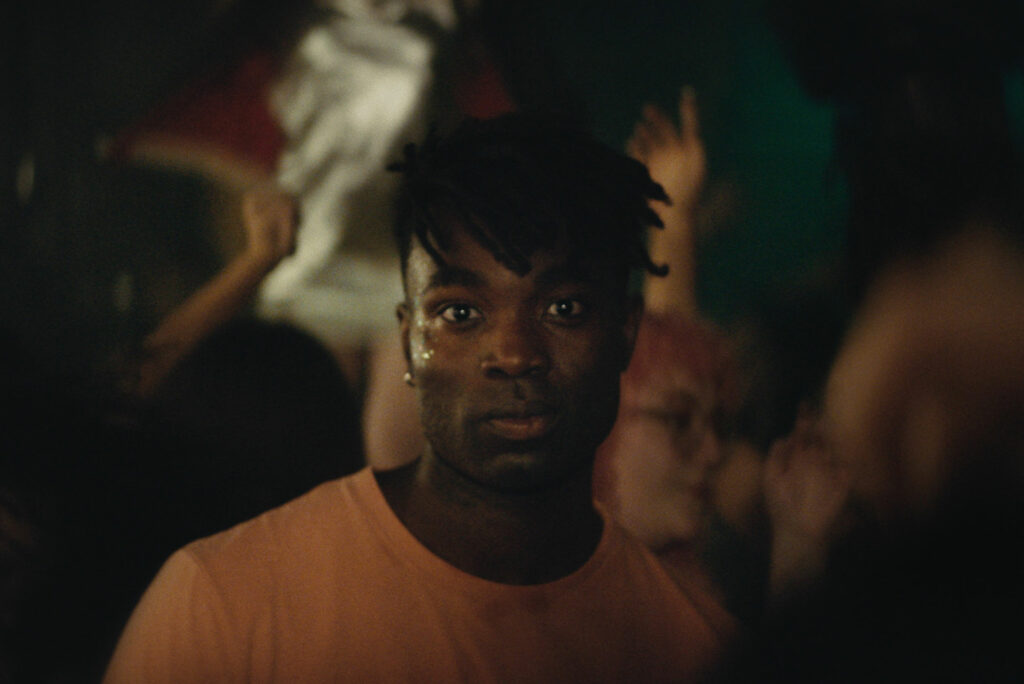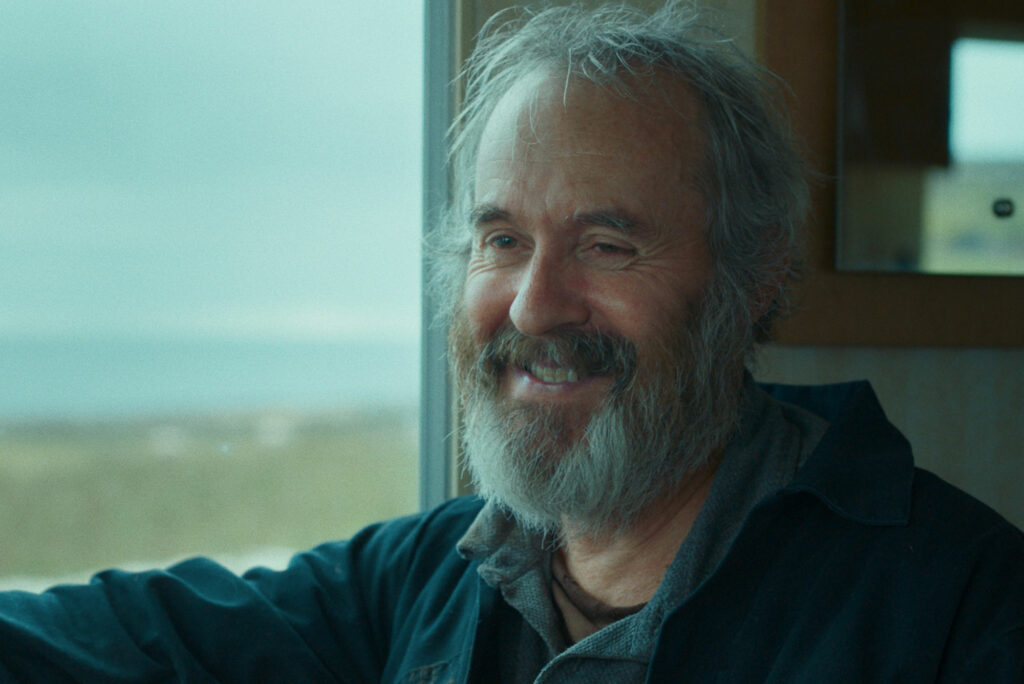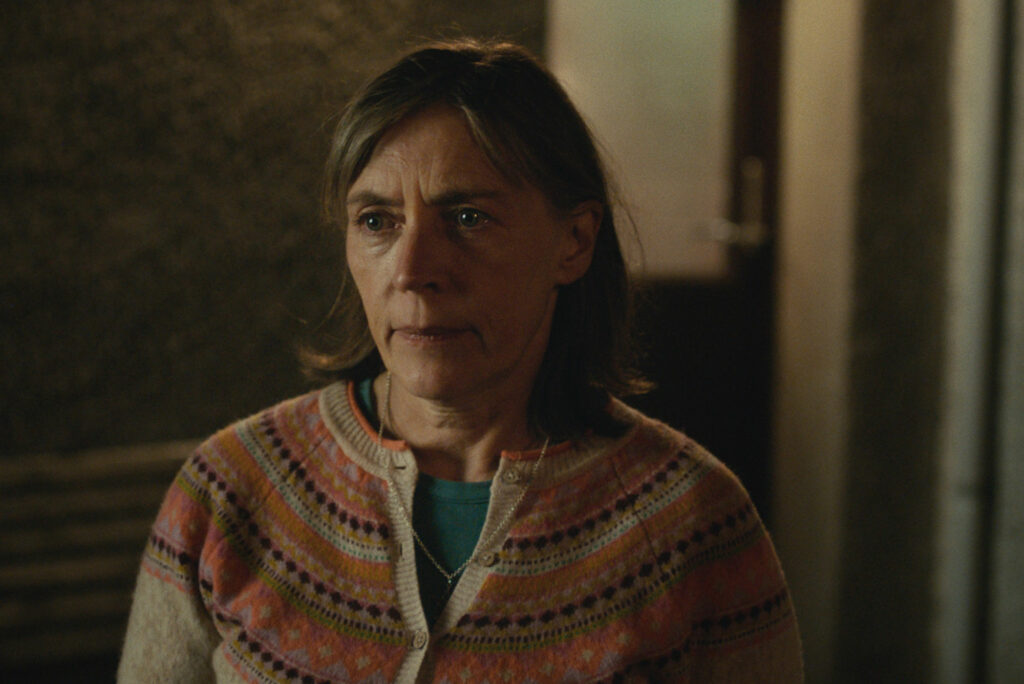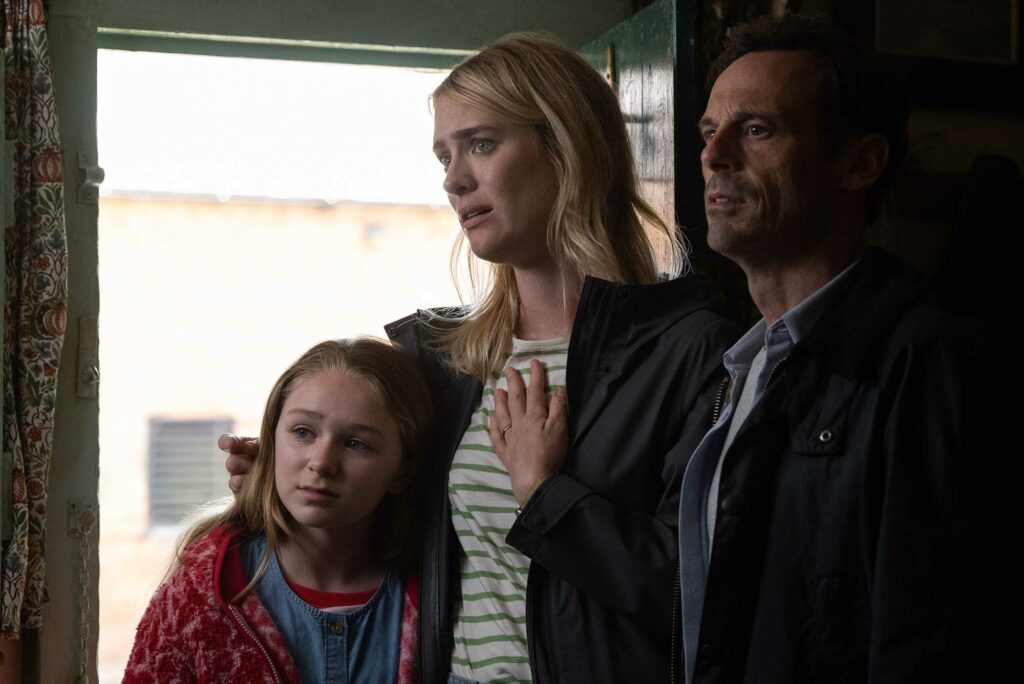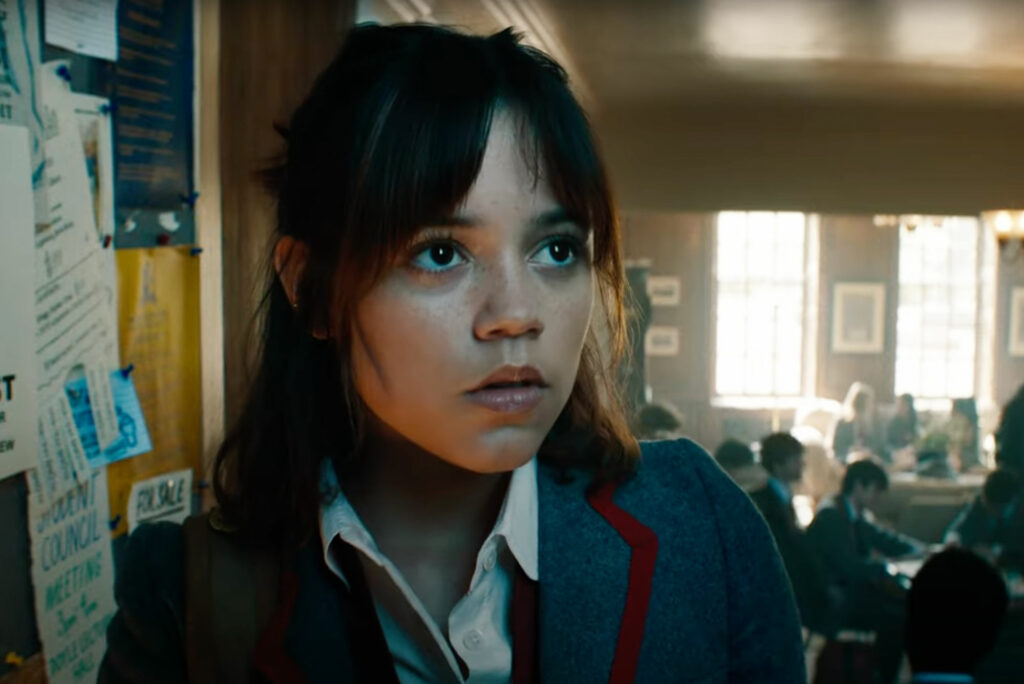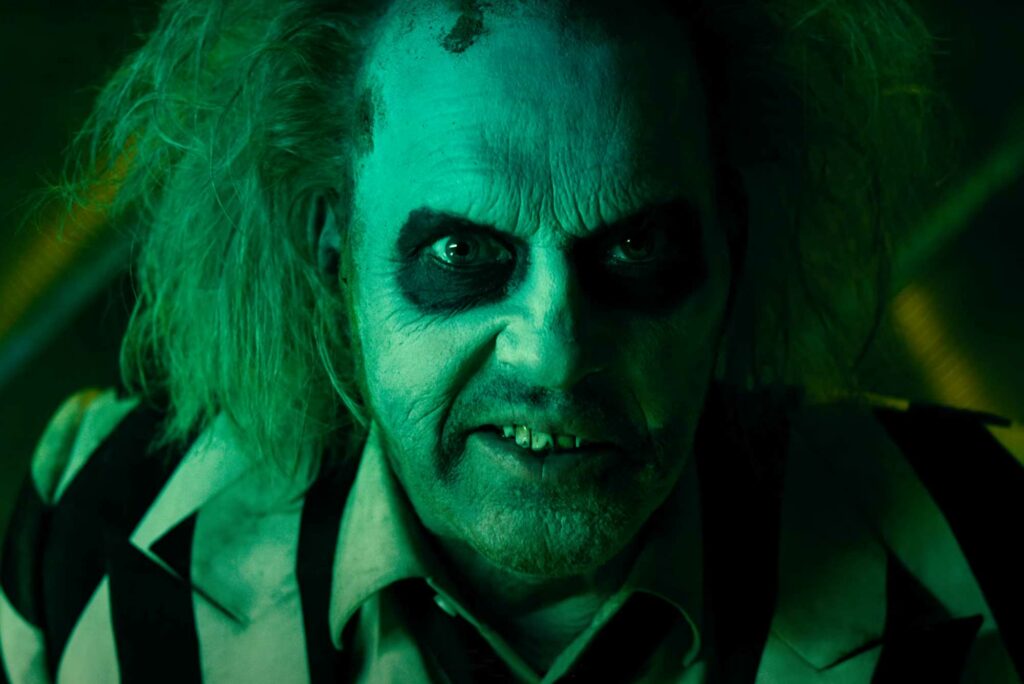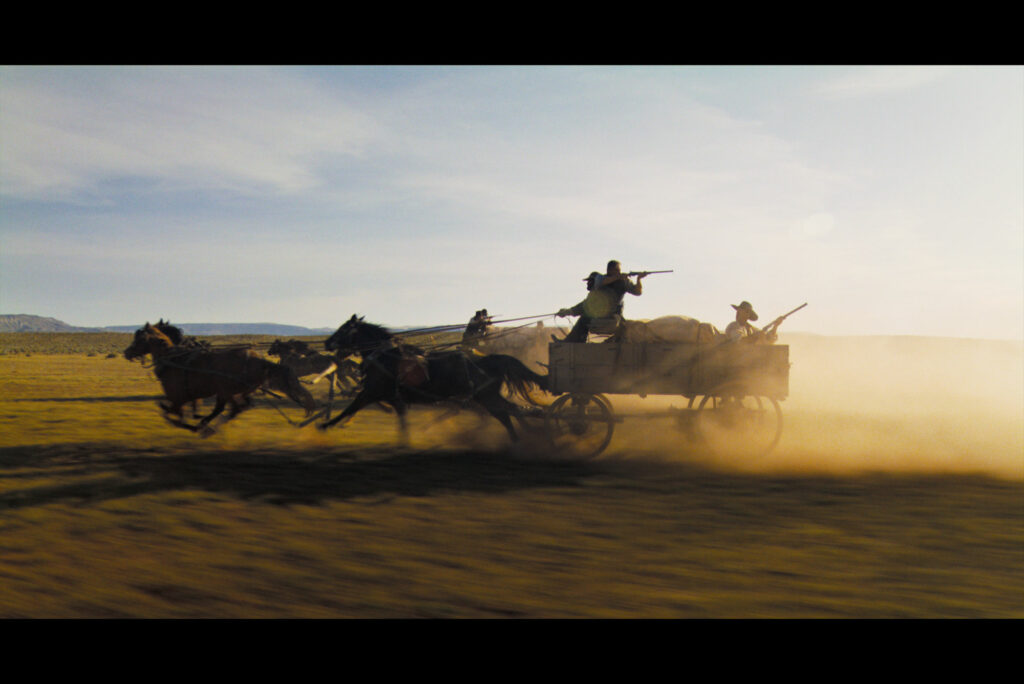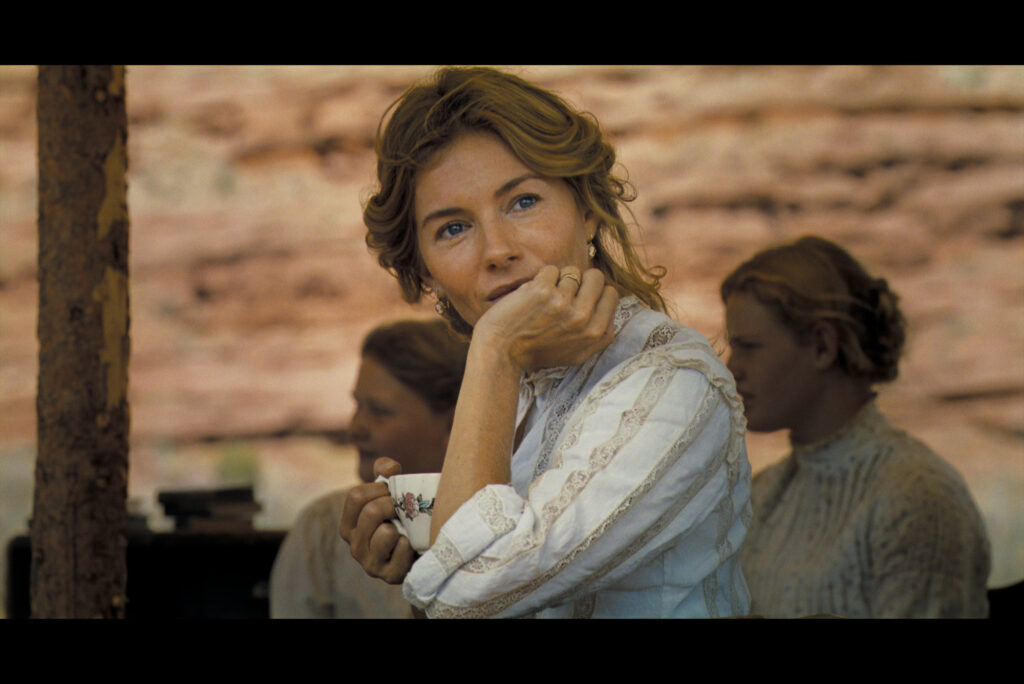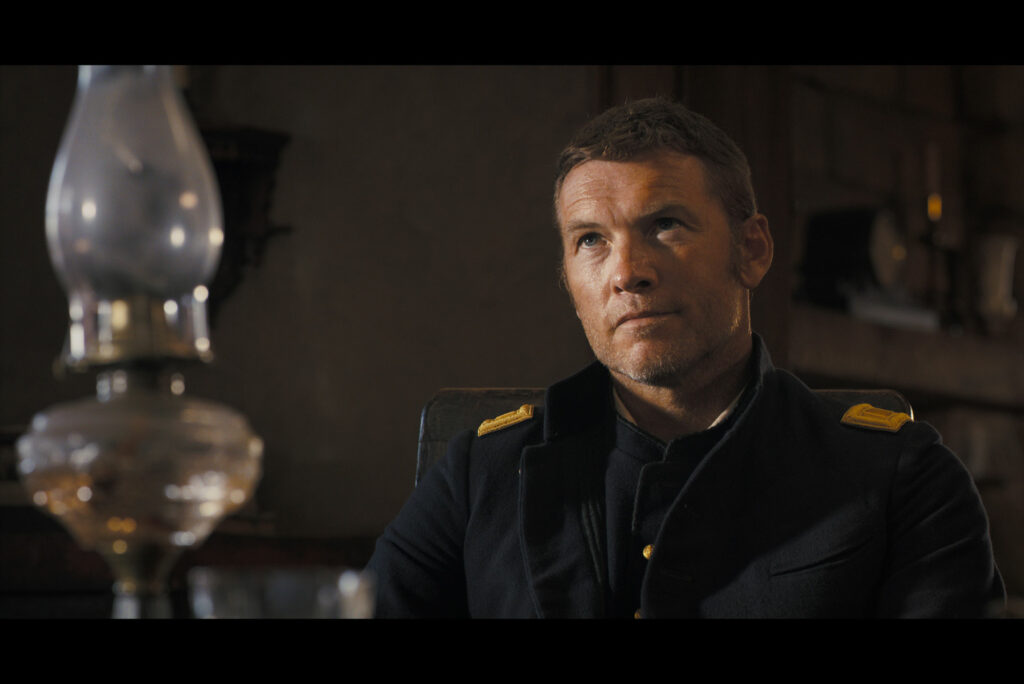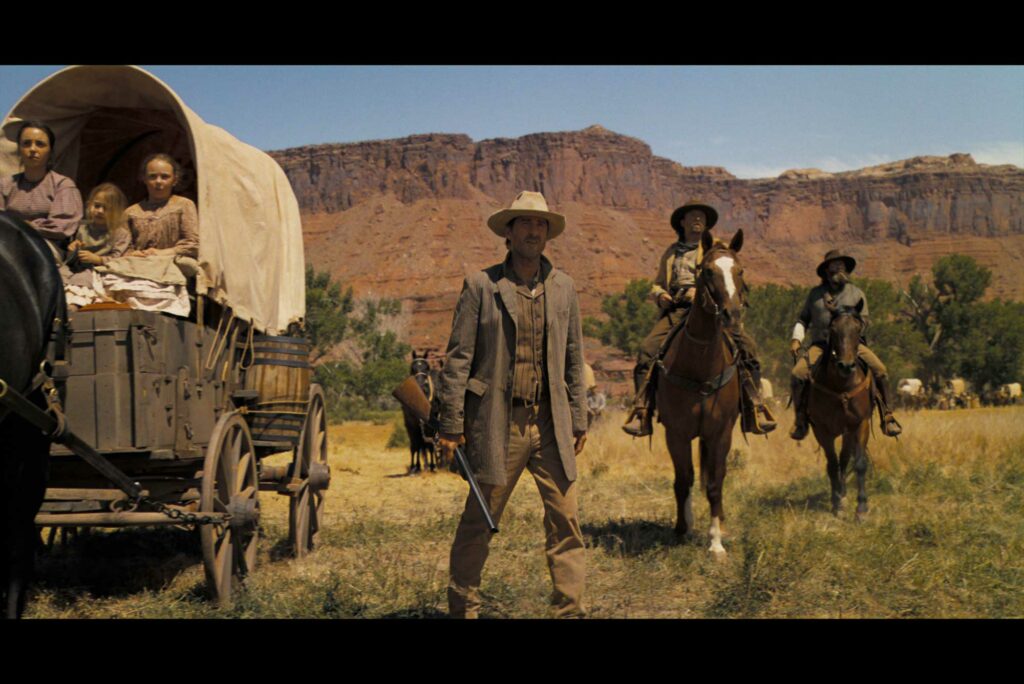Photographs by REBECCA DICKSON, ANTON RODRIGUEZ, ELEONORA BOSCARELLI and CHARLIE MCKAY
Words by ABBIE CORNISH
Hollywood Authentic’s restaurant correspondent Abbie Cornish enjoys a British twist on Mexican classics in a Michelin-starred Marylebone must-visit.
Chef Santiago Lastra has a skill in bringing ingredients to life that may otherwise be perceived as simple or ordinary, re-inventing them in a more complex, interesting and unique way. A spin on the Spanish word ‘col’, meaning cabbage, the name is certainly symbolic and harmonious with Lastra’s special talent – transforming a commonly known word into an innovative creation, just like Lastra’s menu itself.
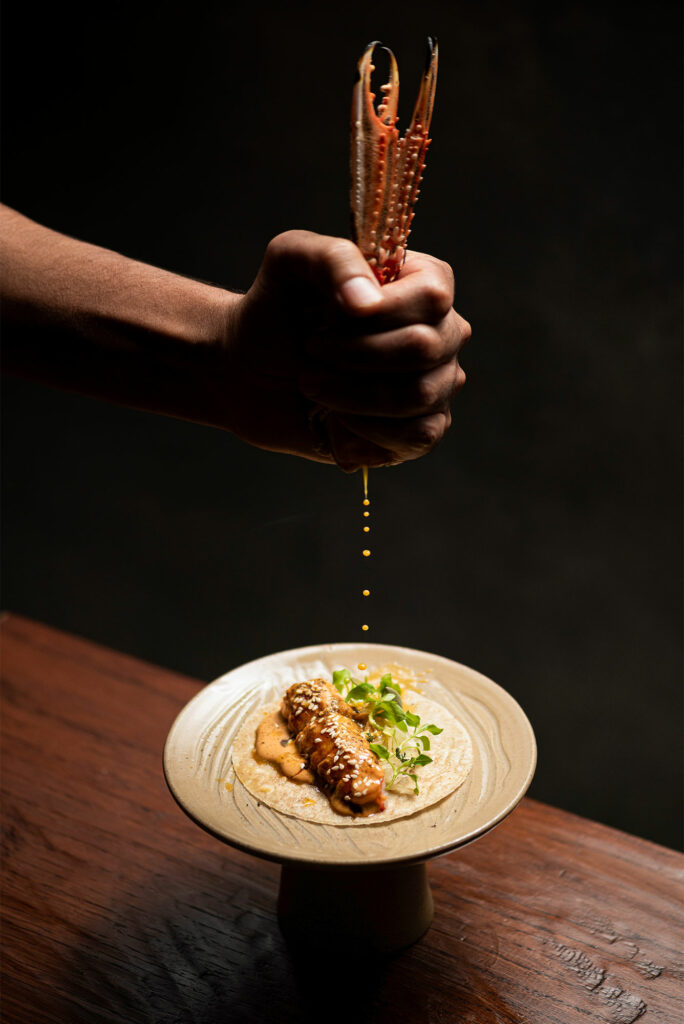
Located in the beautiful neighborhood of Marylebone in London, KOL embodies the heart and soul of Mexico, honoring its cultural traditions, reimagined with local British produce. With a desire to ‘transport people to different places in which they feel like they’re in a different world’, Lastra has orchestrated a fine dining experience that will delight the taste buds and ignite one’s appetite with its captivating and delectable dishes. Since opening in 2020 the restaurant has garnered many awards and accolades, one of which is a Michelin star, and more recently was named 17th best restaurant in the World’s 50 Best. Satisfaction is guaranteed in more ways than one, and it’s safe to say you can add KOL to your up-and-coming dining list in London, and move it straight to the top.
The space itself, envisaged by Chef Lastra and designed by Alessio Nardi, brings the essence of Mexico to London. Clean lines of a Danish/Nordic design are evident, working cohesively alongside a vibe reminiscent of the late ’70s and early ’80s in Mexico City. The vibe is rustic, cozy, yet sophisticated and stylish. The kitchen, oven, and chimney are front and centre. Original wood and leather furniture (by Nardi) are complemented by handcrafted ceramics sourced from local UK and Ireland-based artists. The attention to detail is admirable, all of which makes for an agreeable and pleasant surround.

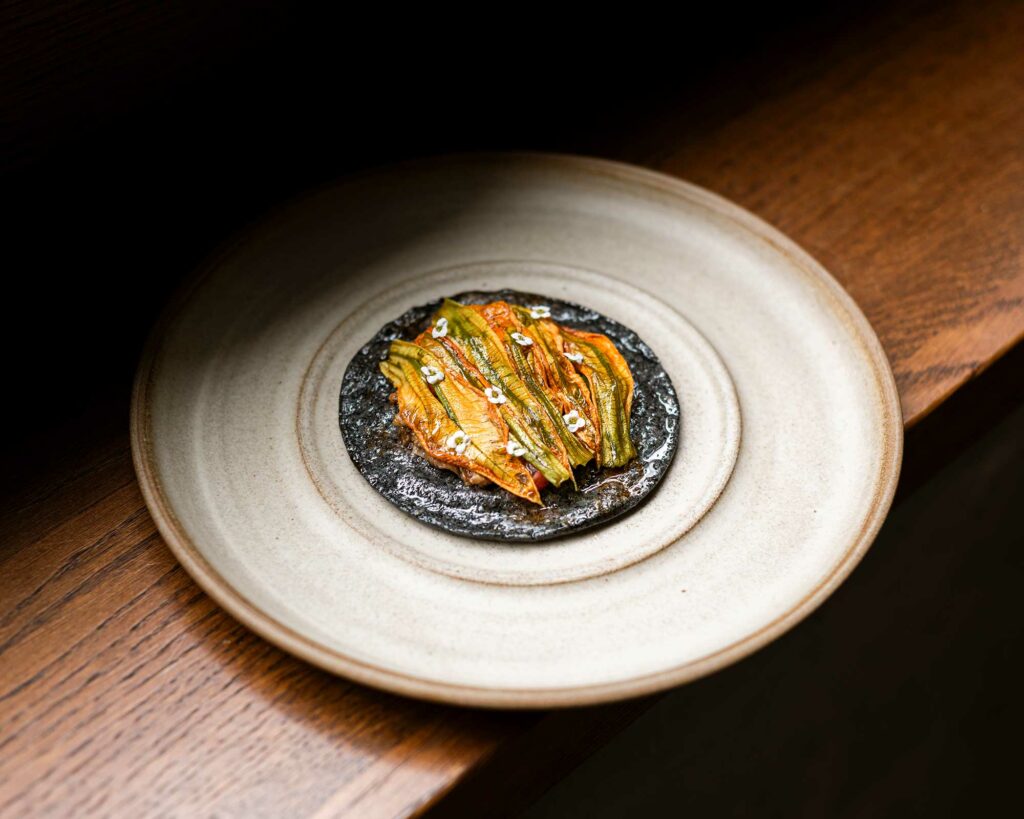
Before London, Lastra worked with Andoni Aduriz at Mugaritz in San Sebastian and with René Redzepi and Noma on their seven-week residency in Mexico. He travelled extensively across Europe, southeast Asia, Japan and Russia (27 countries in all), showcasing the diversity of Mexico’s recipes and cultural heritage, using only ingredients sourced from each destination along the way. He studied at the Arte Culinario Coronado in Mexico, completed a Master’s Degree in Culinary Innovation at the Basque Culinary Center in Spain and a development course at the Nordic Food Lab at the University of Copenhagen in Denmark. All of which led Chef Lastra to KOL. A passionate and somewhat ambitious venture, and one that has proved to be successful, award-worthy, much loved, and a great addition to London’s West End.
In the main dining area is a 14-course tasting menu only, and can be paired with a selection of wine and/or Mezcal. A shorter seven-course menu is available upon request at lunch from Wednesday to Friday. Guests can also enjoy off-menu items along with an extensive beverage menu in the restaurant’s Mezcaleria, a relaxed Oaxacan-inspired and cozy watering hole. For the tasting menus, expect an interesting array of wild food and seasonality in dishes that reflect the bright, fresh flavors of Mexican cooking.
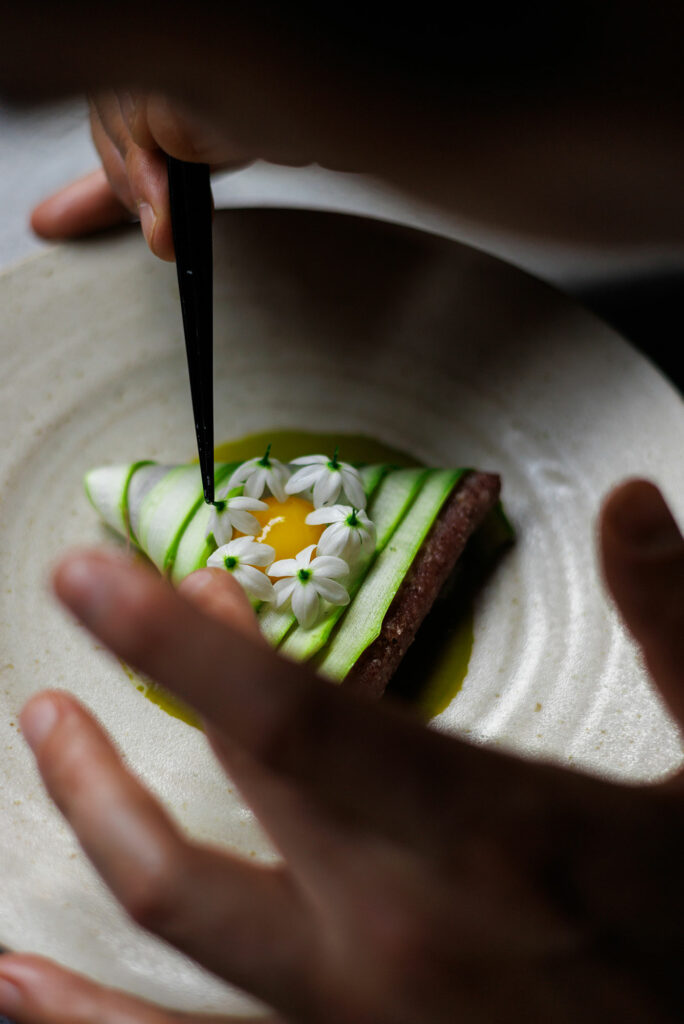
Seasonal and natural, the food is light and healthy. And the overall experience is captivating and dynamic. I loved the langoustine taco made with smoked chilies and sea buckthorn, inspired by ‘lobsters on the beach’ off the coast of Mexico, in between Ensenada and Tijuana. The langoustines, sourced from Scotland, are freshly caught and available all year round, making this dish a staple on the menu. The langoustines are roasted with chilies and sauerkraut, and are delicately dressed with the juice of a sour berry that is grown locally on the coast. Served on tortillas made with duck fat and sourdough bread, these tacos are a warm, tantalizing delight. Also well worth a mention is the guacamole ice cream. A guacamole (sans avocado) made with hemp seeds and courgettes. The courgettes are sliced and cooked, just enough to break them down, after which hemp seeds are added and a creamy avocado-like ice cream is made. Served with a crumble of corn masa, pico de gallo, and handpicked sunflower seeds and finished with sunflower petals, caviar sauce (aged seven months), along with smoked oil and fermented blueberries. This dish is delectable to say the least.
KOL has an outstanding selection of mezcal, and a solid wine list, highlighting orange and natural wines, from different parts of Europe and central Eastern Europe. The handcrafted cocktails are top notch. My favorite cocktail is the ‘La Cigala’. Made with rhubarb, whiskey, mezcal, and verjus, this sparkling cocktail is great on its own and also pairs perfectly with the langoustine taco. Allergies and dietary restrictions are accommodated upon request. Vegetarian and vegan menus are also available. Overall KOL is a delightful, delicious, progressive, and entertaining restaurant. Extensively researched, it’s more than just a dining experience. It’s a front-row seat to a performance that is the culmination of seven years of dedicated study and development by Chef Santiago Lastra. I highly encourage you to take a seat and enjoy the show!

Photographs by REBECCA DICKSON, ANTON RODRIGUEZ, ELEONORA BOSCARELLI and CHARLIE MCKAY
Words by ABBIE CORNISH
KOL, 9 Seymour Street, Marylebone, London W1H 7BA
www.kolrestaurant.com



